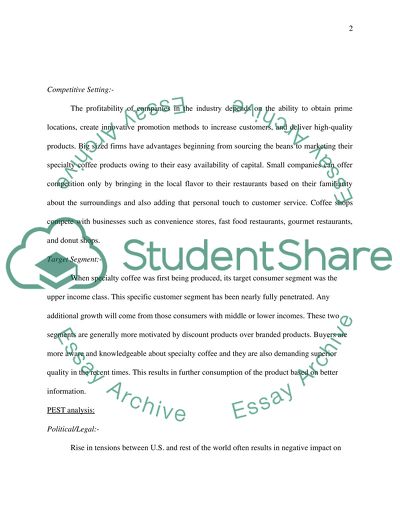Cite this document
(“Entry Strategies of Starbucks in China and UK Case Study”, n.d.)
Retrieved from https://studentshare.org/miscellaneous/1518353-entry-strategies-of-starbucks-in-china-and-uk
Retrieved from https://studentshare.org/miscellaneous/1518353-entry-strategies-of-starbucks-in-china-and-uk
(Entry Strategies of Starbucks in China and UK Case Study)
https://studentshare.org/miscellaneous/1518353-entry-strategies-of-starbucks-in-china-and-uk.
https://studentshare.org/miscellaneous/1518353-entry-strategies-of-starbucks-in-china-and-uk.
“Entry Strategies of Starbucks in China and UK Case Study”, n.d. https://studentshare.org/miscellaneous/1518353-entry-strategies-of-starbucks-in-china-and-uk.


